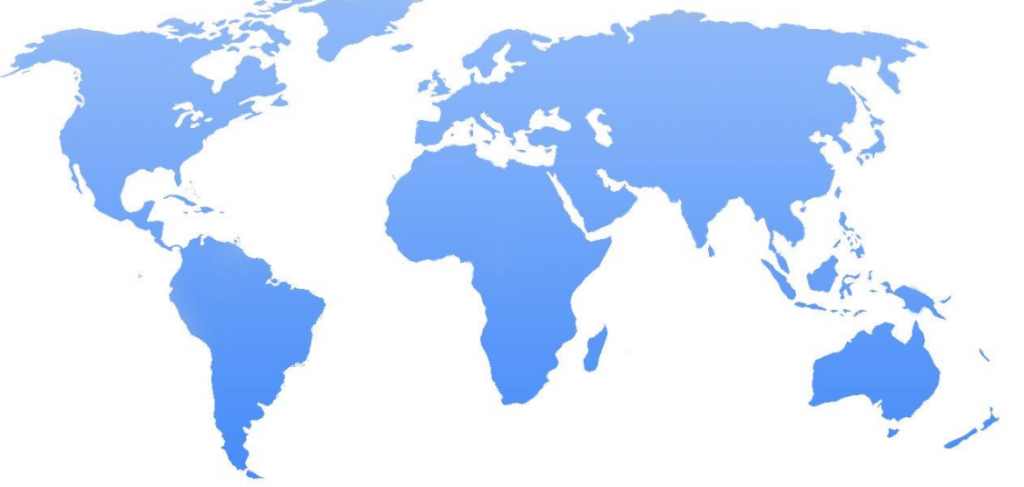Chris Trent, 2013
Counterfeit and Illicit Diversion Risks in the Health Care Industry
Counterfeiting and illicit diversion of health care products are substantial and growing threats. In 2010, the World Health Organization stated that worldwide sales of counterfeit medicines would top US$ 75 billion, a 90% rise in five years.1 Many countries in Africa and parts of Asia and Latin America have areas where more than 30% of the medicines on sale may be counterfeit.2 The World Health Organization estimates that approximately 1% of medicines available in the developed world are likely to be fraudulent.3 Based on this estimate, of the approximately 4 billion prescriptions written in the United States in 2011, 40 million are likely to be fraudulent.4
The primary factor that makes health care products a greater risk than other industries such as garments and luxury goods is the simple fact that fake or substandard medicines or medical devices can harm or possibly kill patients. There are several types of risks to patients from these types of products. These include improper handling, dangerous adulterants and diluted or missing active ingredients. Even authentic products that are not handled correctly, such as vaccines and biologic products that are not maintained at 2°C to 8°C, can present dangers by making the drug ineffective or actively harmful to the patient. Dangers can also lie in hazardous materials being introduced into a product (i.e. adulteration). Additionally, a medicine does not have to be poisonous or toxic to be dangerous. A counterfeit medicine itself may be completely innocuous, but can cause harm or death to a patient suffering from cancer, HIV or malaria if it does not provide the expected therapeutic benefit.
Even if counterfeit health care products are not adulterated with hazardous materials and contain the correct active ingredients and perform as intended, they are often made in unsanitary conditions, certainly without the careful quality controls imposed on the legitimate manufacturers. Additionally, there is no guarantee of sterility for medical devices or injectable products and no way to ensure that these products are handled in the controlled manner for temperature, humidity, light exposure, etc. that many health care products require.
Aside from patient safety, there are other factors that put the health care industry at particular risk from counterfeiting and diversion. These include high pricing and limited competition, price controls which can create divergent pricing, complex and opaque supply chains and the threat from the Internet.
Profit is the primary motivator for counterfeiters and diverters. Many pharmaceuticals and medical devices command high prices and this makes an inviting target counterfeiters. Due to the complex patent environment for the industry, pharmaceuticals and medical devices often have limited competition which can increase the risk to these products since there are fewer alternative products for counterfeiters and diverters to target. While highly priced drugs are a key target for counterfeiters, lower priced and higher volume consumer health care products are also at risk. Well organized counterfeiting operations can produce large numbers of counterfeit products and exploit the less restrictive controls in the consumer supply chains to introduce their products through gray markets into legitimate retail chains.
Many countries impose price controls on pharmaceuticals and medical devices leading to significant divergence in pricing for a product from one country to another. Companies also often bestow preferential pricing to certain valued customers. These pricing differentials can be exploited by diverters to make money by buying cheap products from one source and selling them at a higher price in another area. These gray markets of diverted products create opportunities for counterfeiters to introduce falsified products into the legitimate supply chains. The opportunity is exacerbated by gray marketers who are generally more interested in profits than being concerned about the source of these discounted items.
Supply chains for the health care industry have grown increasingly complex and opaque due to globalization and the continuous pressure to reduce costs. This complexity and lack of visibility provides opportunities for counterfeiters to obtain legitimate product or packaging materials to copy, to repackage fake product in authentic packaging or to introduce falsified components into the legitimate supply chain. According to FDA Commissioner Margaret Hamburg, “Today, nearly 40 percent of the drugs Americans take are imported and nearly 80 percent of the active ingredients in the drugs on the American market come from overseas sources.”5 This globalization of supply chains is not limited to pharmaceuticals, over 50% of total regulated medical device spending in the US comes from imported products.6 Infrequent inspection of overseas pharmaceutical and medical device manufacturers adds to supply chain risks. Over 2,000 overseas plants on the FDA’s inspection planning list have never been inspected by the agency.7
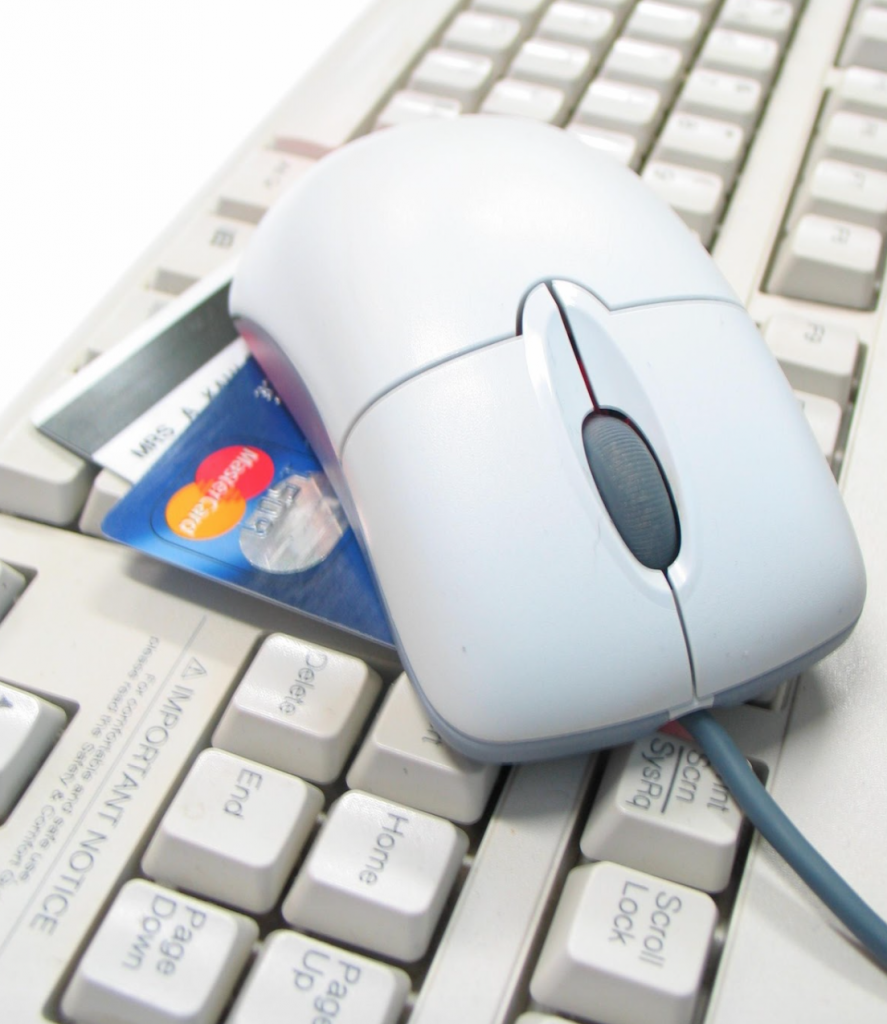
In addition, the proliferation of Internet-based pharmacies and marketplaces has increased the risk of patients and consumers receiving counterfeit medicines, devices and consumer health care products. According to the National Association of Boards of Pharmacy, 96% of online pharmacies screened in a study done by the NABP (National Association of Boards of Pharmacy) were found to be out of compliance with state and federal laws and/or NABP patient safety and pharmacy practice standards.8 The WHO has found that medicines purchased over the Internet from illegal sites that conceal their physical address are counterfeit in over 50% of cases.9
In order to address the risks from counterfeiting and diversion for a particular health care product, an assessment must be undertaken to identify and evaluate those risks. This assessment should address the potential severity of a counterfeit incident as well as the likelihood of a counterfeit or diversion incident occurring. This information can be critical in driving the anti-counterfeiting or anti-diversion strategy for a health care product.
Severity
The first area to evaluate in assessing the risk of a health care product is the potential severity of a counterfeit or illicit diversion incident. Severity risks can come from a variety of sources, including patient or consumer safety, risk to revenue and risk to the brand.
The first and most important risk to address in any evaluation of a health care product is the potential risk to patients or consumers. This risk should be weighted heavily in any systematic evaluation of overall product risk. There are several potential questions that can help define the severity risk:
- Who will use the product? Infants, children or seniors are often at greater risk from an adulterated or diluted counterfeit product than healthy adults.
- What is the intended duration of use for the product? Will it be used once, for a short term or will it be used to treat a chronic condition over the course of years? The longer the patient uses or is exposed to the product, the greater the risk of encountering a fake or substandard version.
- Will the product be implanted, infused, injected or ingested? Products that enter the body, affect the metabolism or come into contact with internal organs are generally more of a concern than products that are used topically or have only incidental contact with the end user. Similarly, implants that are left in the body are generally more of a concern than instruments which come into contact with the body for a shorter duration. The sterility of counterfeit or diverted medical devices is of concern. Additionally, counterfeit or diverted diagnostic devices that could give false indications about the state of a patient’s health are a significant risk.
- Will the product be administered by a health care professional or is the patient intended to use the product themselves? Health care professionals have training and greater experience with these products and can often tell by observation or feel if something about the product seems amiss. Patients and end users generally do not have this level of familiarity with a product.
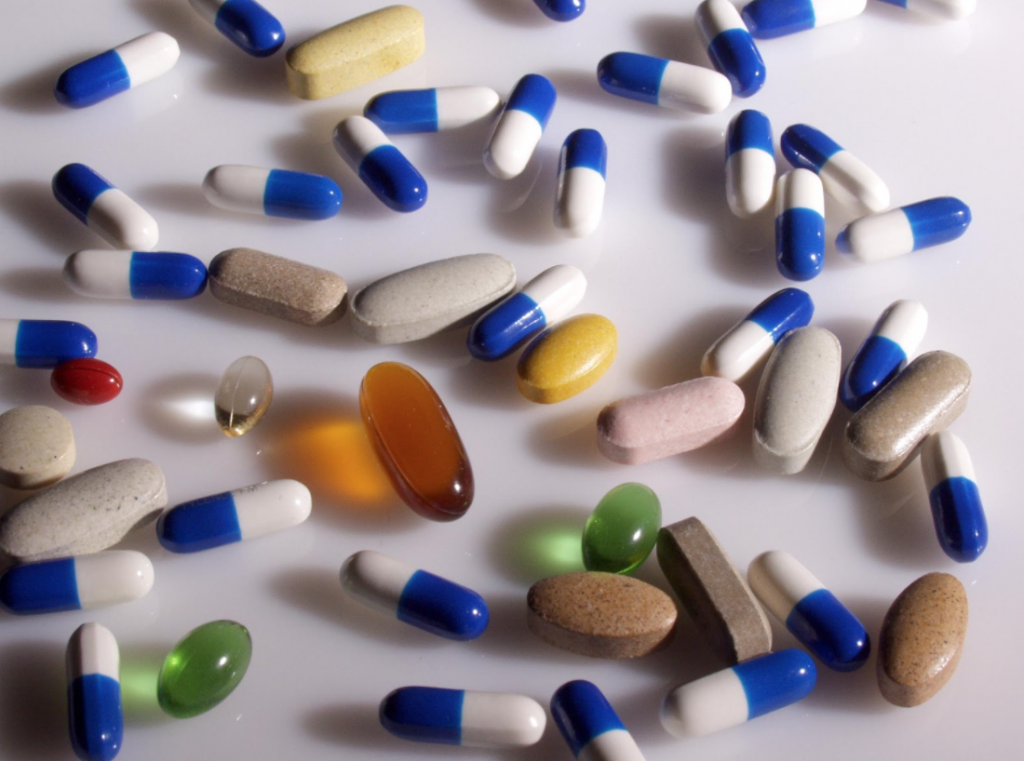
- What would happen if a product with no therapeutic benefit or active ingredient were used? A product intended to treat a severe or potentially fatal condition presents a higher risk than one intended to address a minor irritation. If a medicine or device intended to treat a particular illness does not perform as intended, a moderate condition can become significantly more severe.
- Does the product require special handling such as special temperature or humidity controls? Many biologic products require maintenance at between 2°C and 8°C to maintain efficacy. Other products lose efficacy if they gain or lose moisture, are exposed to light or are excessively agitated. Even if a product is authentic, diversion out of the legitimate supply chain can expose products to environmental conditions that can cause them to lose efficacy or to become harmful.
In addition to patient and consumer risks, there are also risks to revenue and to brand reputation that should be assessed. Several questions can help define the severity of these risks including:
- What is the annual revenue for the product or where in your portfolio of products does this product fit in terms of revenue? The impact to revenue could be significant if say 5% or 10% of sales were lost to counterfeit product.
- What would the revenue impact be in a country or region from diverted product? Competition from products diverted from lower priced markets can significantly undercut sales and revenue.
- Is this product a flagship brand for the company? The impact to the brand reputation could be significant if the customer base lost trust in the product due to a counterfeit or diversion issue?
The questions presented above are general and do not encompass all aspects of potential severity risks due to counterfeiting and diversion. They indicate the general risks to patients and consumers, to revenue and to the brand image that may arise from a counterfeiting or diversion incident.
Likelihood
The second area for assessing the risk of a health care product is the likelihood of a counterfeit or illicit diversion incident occurring. The risk factors for occurrence can encompass a wide variety of sources, including previous history of counterfeits, existing anti-counterfeiting activities, the competitive landscape of the product, the sourcing of the product, the distribution channel, pricing differentials, the regions in which the product will be sold, and the design of the packaging and product itself.
The first and most basic area for assessing the likelihood of counterfeit product risk is to determine whether the product has ever been, or is currently being counterfeited. Exploratory questions include:
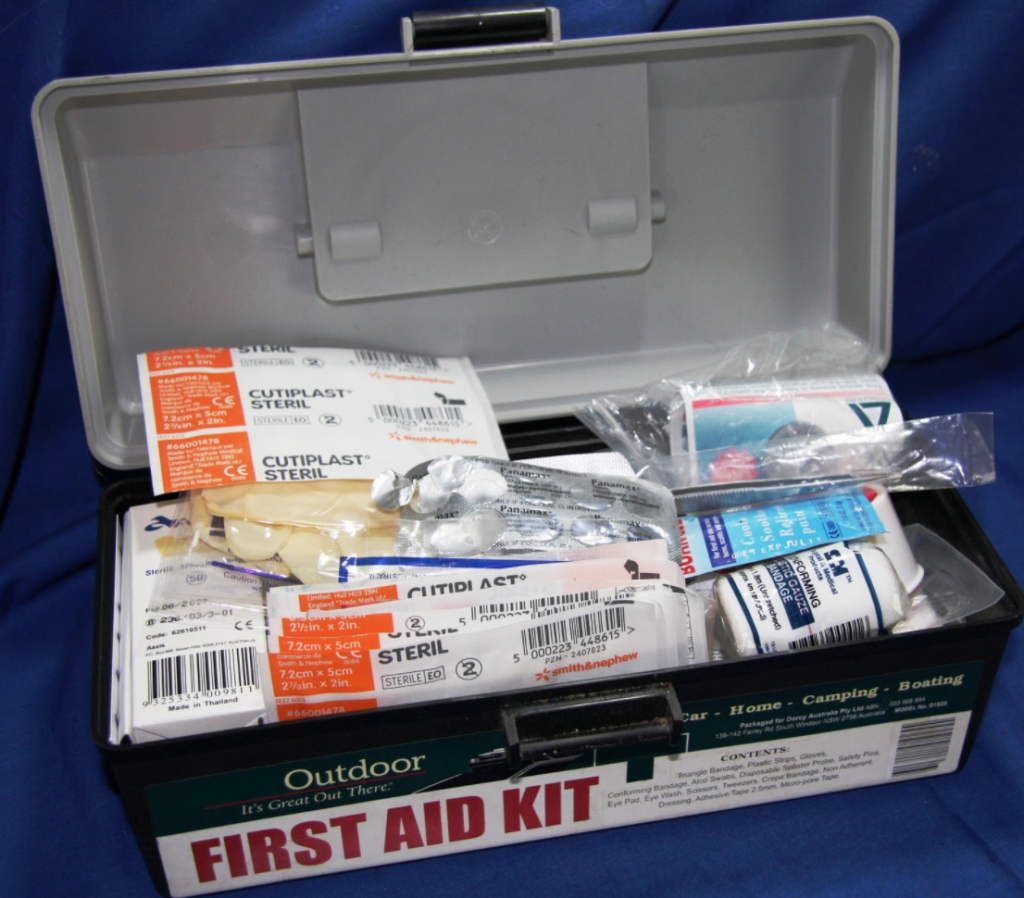
- Have there been any previous incidents of confirmed or suspected counterfeiting or diversion of the product? The simplest and most direct way to determine if a product is attractive to counterfeiters and diverters is determine whether it has already been targeted by counterfeiters or diverters.
- If the product is still in development and no market history is available, have similar or competitor products ever been targeted by counterfeiters? For a product with no history to evaluate, looking at competitors or other products on the market in a similar category can provide clues as to how much counterfeiting activity may be expected for the new product.
Another area to evaluate in determining how likely a product is to be counterfeited or diverted is to assess the activities that may currently be used to protect the product. Such questions include:
- Are any anti-counterfeiting measures currently used for the product, such as overt or covert features on the product or packaging? Is the product or package serialized? Does any kind of track and trace program exist for this product? If no anti-counterfeiting or supply chain visibility measures have been implemented, then the barriers against mimicking or diverting the product are very low.
- Have counterfeits actively been looked for in the marketplace or on the internet? Have market surveys been conducted or targeted buys in high risk regions or from suspicious retailers? Without an active program to identify counterfeit and diverted products in the marketplace, it is difficult to get even a rudimentary understanding of the scope of the problem.
- Has the customer complaint history been checked for potential counterfeit or diverted product? Customer complaints regarding product performance, unusual packaging or poor product and packaging condition are often erroneously attributed to quality incidents. These incidents may in fact result from counterfeiting or diversion.
- Is there a process to authenticate product returned from the marketplace? Reverse logistics providers and returns centers provide a great opportunity to sample and evaluate products obtained from a wide range of sources for authenticity.
The next area to assess is the competitive environment of a product.
- Are there branded competitors in the marketplace or is the product the only one in its class? A unique product is an attractive target for counterfeiters. Without competitors in the market, there are no alternative products for counterfeiters and diverters to target.
- If there are competitors, where does the product fit in terms of market share and pricing? If the product holds a relatively small market share and is in a highly competitive price environment, then it may not be worth the time and resources for counterfeiters to target it. Products which command premium prices or which have a dominant market share are more attractive to counterfeiters.
- If there are generic alternatives on the market, how hard would it be for a health care professional, patient or consumer to identify the generic product from the authentic product? If an authentically branded product is difficult to distinguish from a lower priced generic version, there is an opportunity for counterfeiters to repackage the generic version into counterfeit or stolen packaging and profit by selling it as the branded item.
Another area to assess is manufacturing and product sourcing.
- Is manufacturing performed internally or by third parties? Products manufactured or packaged by third parties are at greater risk since the materials and production process are outside the control of the brand owner. There have been incidents where third party manufacturers have conducted unauthorized production runs and sold the product to counterfeiters and diverters. In addition, handling and disposal of products and packaging components are outside the control of the brand owner when using third party manufacturers.
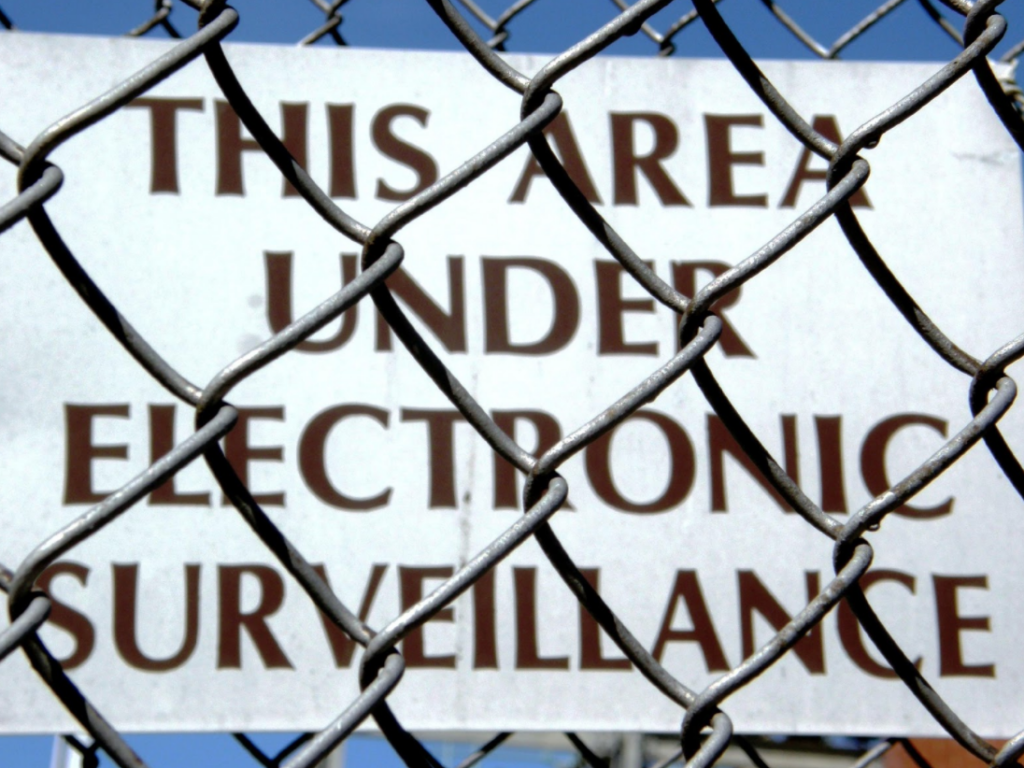
- From where is the product sourced? Some countries and regions are at greater risk for counterfeiting and diversion activities than others. Factors such as the level of economic development, crime rate, a history of counterfeiting activities, and the development and enforcement of intellectual property laws all contribute to this risk. Products are often sourced from these regions due to lower production costs, but the risks of counterfeiting and diversion in these areas increase significantly.
- Have security assessments of the manufacturing facilities, particularly those of external manufacturers, been performed? An assessment of the manufacturing and packaging sites should be performed to evaluate the physical security of the facility and the security procedures that are in place. These procedures include access controls into and out of the facility and sensitive areas, vetting of employees where allowed by local laws, access to and storage of products and packaging components, placement of security cameras along monitoring and storage of these recordings. Processes should be put in place to ensure that waste materials are disposed of securely. Counterfeiters have been known to “dumpster dive” for authentic labels and boxes to use in packaging fake products.
- Is production monitored? Processes should be developed to account for and reconcile what was produced against what was ordered. Without these processes in place, it is difficult to identify unauthorized production which may provide counterfeiters and diverters with product.
- Is the sourcing of raw materials and subcomponents consistent and visible? Stringent controls are required for sourcing subcomponents and raw materials such as active pharmaceutical ingredients and excipients. The complexity and opacity of global supply chains makes it increasingly easy to sell counterfeit or substandard components into the legitimate supply chain.
Once a product is evaluated with respect to the upstream supply chain, the next step is to assess the downstream value chain and the final product destinations. Some exploratory questions include:
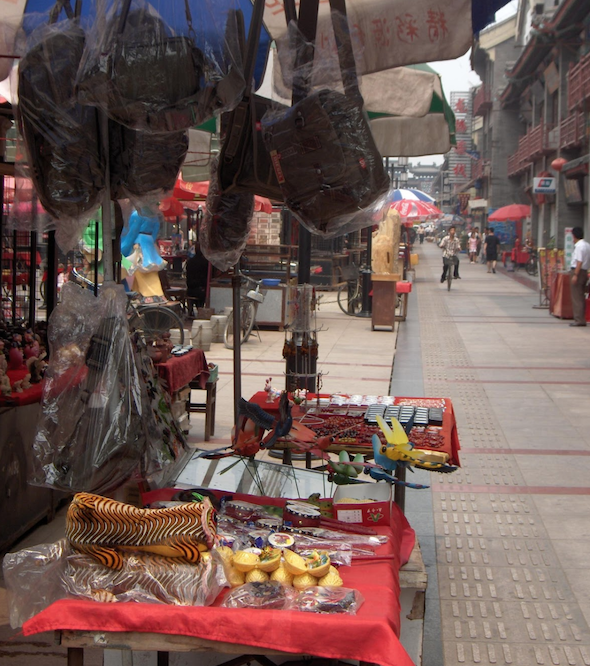
- Will the product be sold in regions with a history of counterfeiting or with weak enforcement of intellectual property? Certain regions and countries such as China and India have an established history of producing counterfeit products. Counterfeiting activities in these regions are numerous and widespread and enforcement of intellectual property rights can be slow and inconsistent. These emerging economies are critical markets for brand owners due to increasing standards of living, the accumulation of wealth (particularly in China) and vast customer base. However, the risks of counterfeiting and diversion when selling in these markets are significant.
- Are product trademarks registered in all the regions in which it will be sold? Registering trademarks in the countries where the product will be sold can assist in the enforcement process. If criminal charges cannot be brought then civil litigation for trademark infringement may be an enforcement option. Having a good working relationship with local customs offices and law enforcement agencies can help target and prosecute counterfeiters.
- Do the target marketing regions have any significant difference in pricing between countries or are you selling your product to some customers with preferential pricing? Differential pricing is the key driver of product diversion. Diverters look to buy product at a discounted price and then sell it at a higher price. They may do this by acquiring products in a country where the price is controlled by the government and then selling it in a neighboring country at market price. They may also acquire products from favored customers who received discounts from the manufacturer then sell it through the gray market, effectively competing against the brand owner’s legitimate product supply. The differential pricing is not only a concern for illicit diversion. The gray market activity that arises due to these differences in pricing is the primary opportunity for introducing counterfeits into the supply chain.
- Is the product sold directly to the customer, though authorized distributors with strong contractual controls, or through general wholesalers with little or no contractual obligations? The risk for diversion and counterfeiting increases with the distance between manufacturer and consumer. Product that is sold directly from the brand owner to the customer has the least risk in this regard. Products sold through authorized distributors which have agreed to contractual controls as to whom and where the product can be distributed can also limit this risk. Product that is traded through distribution networks and wholesale markets with no controls or limitations can experience multiple transfers between buyers and sellers, each one increasing the likelihood of diversion or the introduction or counterfeits.
- Does demand ever exceed supply for the product? Products for which demand exceeds supply are a prime target for counterfeiters and diverters. A production problem that limits the supply in a market, a surge in demand due to seasonal variations such as cold and flu seasons or other unexpected market shortage can allow counterfeiters and diverters to step in and fulfill the market demand.
Lastly, the design of the product and of the packaging should be considered with respect to assessing the risk likelihood.
- Is the product sufficiently complex in that it presents a cost or technological hurdle to counterfeiters? This could include items such as complicated surgical instruments, or an implant with an extremely complex geometry, or that is made from an exotic material. Alternatively, if the product is a relatively simple design such as an adhesive bandage, a cotton swab or a suture, the product may be much easier to convincingly copy.
- Can the packaging be reused or does it become damaged or destroyed when opened? Primary or secondary packages that can be reused increase the likelihood of counterfeiting and diversion since they can be collected after use and re-purposed for packaging counterfeit products.
- Are there any tamper evident features employed on the product or packaging? Tamper evident features on the packaging help to prevent counterfeiters or diverters from accessing the product. These can help to address tampering and adulteration. They can also address diversion by making it more difficult to remove an authentic product from a package intended for sale in one country and repackage for sale into another country.
- Does the product or packaging utilize proprietary designs or tooling? Using stock components such as vials, bottles, plastics, adhesives, etc. that are common and easily available for purchase from a variety of sources make the product a more likely target for counterfeiters. Using proprietary product or packaging designs and custom tooling reduces the likelihood of counterfeiting by making duplication difficult and expensive. Cheap and simple products and packaging are also cheap and easy for a counterfeiter to obtain.

Risk Assessment Results
The suggested counterfeit risk severity and likelihood questions provide a foundation for conducting a basic risk assessment which is applicable to a variety health care products and companies. As previously mentioned, the questions are not all encompassing. They do not include every potential threat or every variety of product that may be at risk and some questions may not be relevant to every particular product.
The goal of any risk assessment process is to determine a set of questions that are relevant and appropriate. Assessment questions must be based on a comprehensive understanding of the product, company, the patient population, the market, and the supply chain. Risk assessment questions should be organized and have scoring system based on product knowledge, experience with previous incidents, and any industry norms or standards. The effectiveness of any risk assessment system is directly related to addressing these questions in a systematic way, with the appropriate stakeholders. Stakeholders typically should include: product designers, marketing, packaging engineers, quality assurance, distribution and logistics, and corporate security. The process of asking risk assessment questions can readily lead to meaningful discussions among the various stakeholders. Risk discussions can uncover areas of concern that were not previously thought of and, if addressed early enough in the design process can influence decisions to improve product security.
A properly designed risk assessment tool pinpoints areas of concern for risk-mitigating actions. For example a product risk assessment that determines that two major risk factors are divergent pricing and the use of external manufacturers in high risk regions may drive multiple risk mitigating responses. Security assessments and monitoring procedures could be implemented at the third party manufacturer to address any security concerns. Pricing structures might be evaluated and tamper evident packaging features employed to prevent re-packaging and diversion of product from lower price areas to higher price markets.
An effective risk assessment tool should be designed to meet the complexities of each particular product and company, but certain factors should be taken into account. It is critical to clearly define each of the roles and responsibilities for developing, managing and executing the risk assessment process. Key issues that must be addressed include process ownership, archiving the results, and translating the process outputs into actions.
A risk assessment tool should be a “living document”. The structure and the questions that comprise the risk assessment tool should be challenged periodically. Insights from market data, information from counterfeit product seizures and customs enforcement activities, experience with product protection features, regulatory changes in various regions, changes in company strategies and global economic shifts may necessitate the rethinking of the assessment questions or their relative value in a risk assessment tool.
Just as there is no “magic bullet” anti-counterfeiting technology, there is no one size fits all solution for risk assessment. Any newly implemented risk assessment tool will almost assuredly not cover every possible risk scenario. It may incorrectly weight certain aspects of the product design, supply chain, market position, pricing scheme, etc. It may point to solutions which do not completely solve the problems. However, with use and experience these shortcomings can be addressed and the risk assessment tool improved.
It is equally important to create a process within the organization that instills the mindset of evaluating risks for counterfeiting and illicit diversion. Without clearly understanding the scope and breadth of the potential risks, an organization cannot implement an effective program to prevent and combat counterfeiting and diversion. Health care companies that don’t consider the threat of counterfeiting and illicit diversion are putting their profits, market share, brand reputation and most importantly, their customers at risk.
2013 Copyright Michigan State University Board of Trustees.
